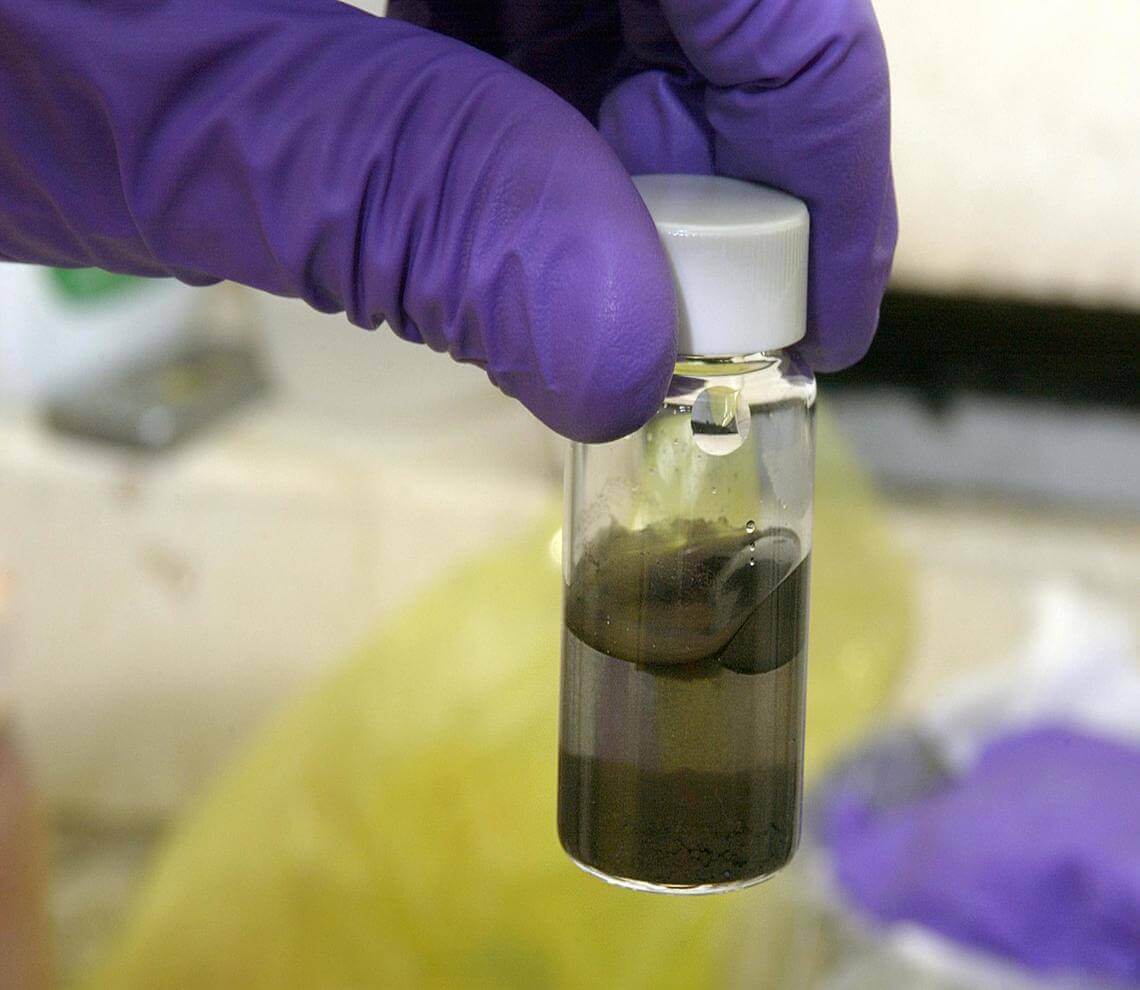- Our Suppliers
- MBS Monoclonals
- Mouse Anti-Chicken MCAM-BIOT
Product short description
Price:
464 EUR
Size:
500ug
Catalog no.:
GEN673958
Product detailed description
Purification method
N/A
Concentration
N/A
Also known as
MCAM
Clone
C264
Clonality
Monoclonal
Latin name
Mus musculus
Host organism
Mouse (Mus musculus)
Subcategory
Mnoclonal antibodies
Category
Secondary Antibodies
Form/Appearance
Biotin (BIOT) Conjugate
Immunoglobulin isotype
Mouse (BALB/c) IgG2b kappa
Other gene names
MCAM; MCAM; CD146; MUC18; MUC18
Gene name synonims
MCAM; MCAM; CD146; MUC18; MUC18
Gene name
MCAM; MCAM; CD146; MUC18; MUC18
Tested applications:
Flow Cytometry; Immunohistochemistry (Acetone Fixed/Frozen Sections); Immunoprecipitation
Properties
Chickens like all bird species have IgY antibodies that are very stable and found in the yolk. Gallus Gallus domestica is the Latin name of the Chicken.
Description
This antibody needs to be stored at + 4°C in a fridge short term in a concentrated dilution. Freeze thaw will destroy a percentage in every cycle and should be avoided.
Species reactivity
Chicken; Due to limited knowledge and inability for testing each and every species, the reactivity of the antibody may extend to other species which are not listed hereby.
Test
Mouse or mice from the Mus musculus species are used for production of mouse monoclonal antibodies or mabs and as research model for humans in your lab. Mouse are mature after 40 days for females and 55 days for males. The female mice are pregnant only 20 days and can give birth to 10 litters of 6-8 mice a year. Transgenic, knock-out, congenic and inbread strains are known for C57BL/6, A/J, BALB/c, SCID while the CD-1 is outbred as strain.
Other names
Melanoma cell adhesion molecule; Cell surface glycoprotein MUC18; cell surface glycoprotein MUC18; Gicerin; OTTHUMP00000232151; melanoma adhesion molecule; cell surface glycoprotein P1H12; melanoma-associated antigen A32; melanoma-associated antigen MUC18; S-endo 1 endothelial-associated antigen; melanoma cell adhesion molecule; Cell surface glycoprotein P1H12; Melanoma cell adhesion molecule; Melanoma-associated antigen A32; Melanoma-associated antigen MUC18; S-endo 1 endothelial-associated antigen
Storage and shipping
The purified (UNLB) antibody is supplied as 0.5 mg of purified immunoglobulin in 1.0 mL of 100 mM borate buffered saline, pH 8.2. No preservatives or amine-containing buffer salts added. Store at 2- 8 degree C. The fluorescein (FITC) conjugate is supplied as 0.5 mg in 1.0 mL of PBS/NaN3. Store the antibody ats should be kept in the range of 1-7 degrees Celsius.. The biotin (BIOT) conjugate is supplied as 0.5 mg in 1.0 mL of PBS/NaN3. Store the antibody ats should be kept in the range of 1-7 degrees Celsius.. The R-phycoerythrin (R-PE) conjugate is supplied as 0.1 mg in 1.0 mL of PBS/NaN3 and a stabilizing agent. Store the antibody ats should be kept in the range of 1-7 degrees Celsius.. Do not freeze! Protect conjugated forms from light. Each reagent is stable for the period shown on the bottle label if stored as directed.
Specificity and cross-reactivity
Chicken MCAM, Mr 98 kDa (protein core ?84 kDa) Chicken MCAM, a member of the immunoglobulin superfamily of cell surface receptors, consists of the V-V-C2-C2-C2 Ig domains. It is a single chain glycoprotein with three mRNA splice variants. One has a short cytoplasmic tail, another has a long tail, and the third seems to lack transmembrane and cytoplasmic regions. It is highly homologous to gicerin, a molecule involved in neurite outgrowth and Wilm's kidney tumor progression in the chicken, and to the human melanoma progression molecule MUC18. Chicken MCAM is expressed by c-kit+ hematopoietic progenitor cells in embryonic bone marrow, thymocytes, and capillary endothelial cells. MCAM-expressing cells sorted from bone marrow are enriched in progenitors capable of differentiating into T cells when transferred into the appropriate thymic microenvironment. MCAM has been proposed to be involved in cellular adhesion and homing processes.1; Since it is not possible to test each and every species our knowledge on the corss reactivity of the antibodies is limited. This particular antibody might cross react with speacies outside of the listed ones.
© Copyright 2016-Tech News . Design by: uiCookies

